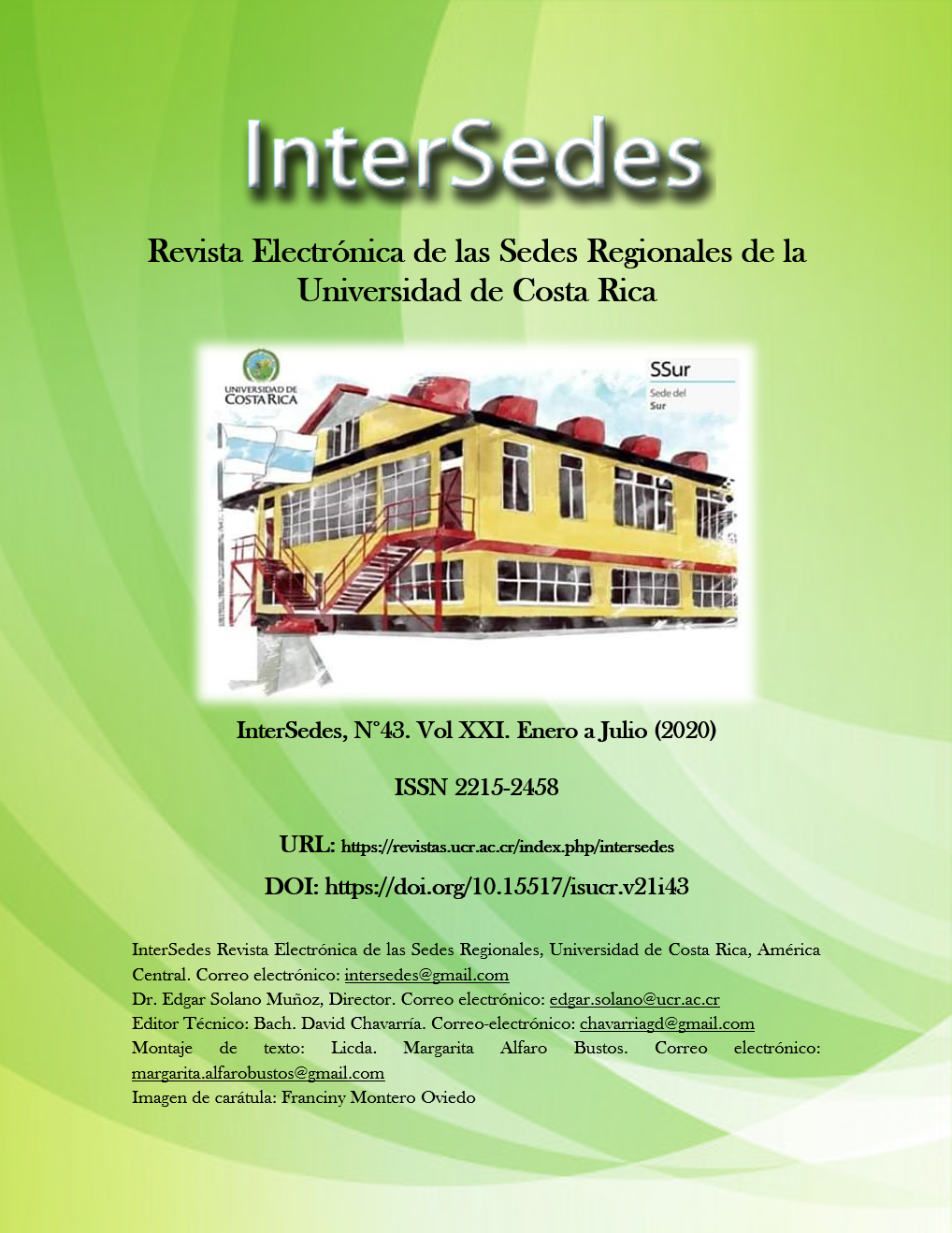Abstract
The fast growing of urban population, combined with the slow and incomplete application of legislation in the theme of the urban planning, caused a disordered development of the canton, manifested in various areas like the road network, pressure for construction in unapproachable areas, springs and rivers contamination, deforestation in areas of water recharge, inadequate management of solid waste, and poor agricultural practices. Mentioned before combine with the hydrometeorological phenomena make that a great part of the zone present a high risk to events like: floods and landslides, this represent a great risk for the population that lives in the canton. Precisely for that, in 2006 was published the Law Decree No. 32967-MINAE, where the metodology of the IFAS show up, which has aspects of great relevance for the Costa Rican land-use planning, the most important of which is that for the first time in the country, it is obliged to incorporate the variable of environmental impact in the land-use planning, for example in the cantonal and coastal regulatory plans; in addition to establishing the technical guidelines to be followed by SETENA to review and evaluate the introduction of the environmental variable, in order to grant environmental viability.


